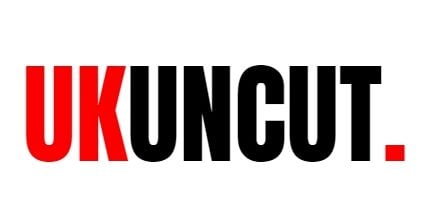
Rebar, or steel
reinforcing, as it is also known, is a critical component when building
concrete structures, as the steel reinforcement gives the concrete essential
tensile strength, and there are different types of rebar. Steel is used for
several reasons; firstly, steel is strong, and perhaps more importantly, steel
expands at roughly the same ratio as concrete, which is ideal, as this does not
compromise the strength.
In this article,
we will take a detailed look at the various ways that rebar is used in modern
construction.
- Thermo-Mechanically
Treated Rebar – Known as
TMT rebar, this is used for very high strength reinforcement, especially with
high-rise skyscrapers. The rebar can be of various diameter, obviously, the
larger the size, the more strength in the concrete, making the concrete
structure earthquake-proof. The rebar would have very specific specification,
making it suitable for certain conditions and stress loads, and on large
projects, the engineers decide on the size and specs of the rebar used. - High-Strength
Deformed Rebar – HSD rebar
is commonly used in the construction sector, with diameters from 4-50mm, while
the rebar does not lose strength when bending, which is often required. This is
the most common form of steel rebar, however, this rebar is not recommended for
regions that experience earthquakes, which would use TMT rebar. - Steel
Re-enforcement Mesh – If
you are based in Australia, check out the affordable products like Best Bar reinforcing mesh from an established
rebar supplier, and they have many different types and sizes, so you can order
the exact specification for your project. If you need rebar for a project,
search online for a local supplier and you can order online, and they will
deliver to your site. Mesh is commonly used for patios and driveways and in
walls and there are many different sizes, plus the mesh can be cut to size and
laid in place prior to the pouring of the concrete.
Ribbed Rebar
Steel rebar is ribbed, which improves the bonding ability with concrete,
and when the rebar is milled and comes out, it is rapidly cooled, which makes
the rebar stronger. There are many different shapes with ribbed rebar, as some
offer better bonding properties than others, and the structural engineer would
be the person to make the decision regarding which rebar to use.
Smooth Rebar
This form of rebar does not have the same strength as ribbed rebar, and
as the rebar is not contoured in any way, it does not bond with the concrete to
the same specifications. Its use is minimal when compared to regular ribbed
rebar, and most projects would call for ribbed reinforcement, as it offers
higher tensile strength.
Whatever type of rebar your project requires, there are local suppliers and with a Google search, you can order, or discuss your requirements with a staff member. Once you know what you need, you can order and the steel reinforcement will be delivered to your site and your project can continue.

